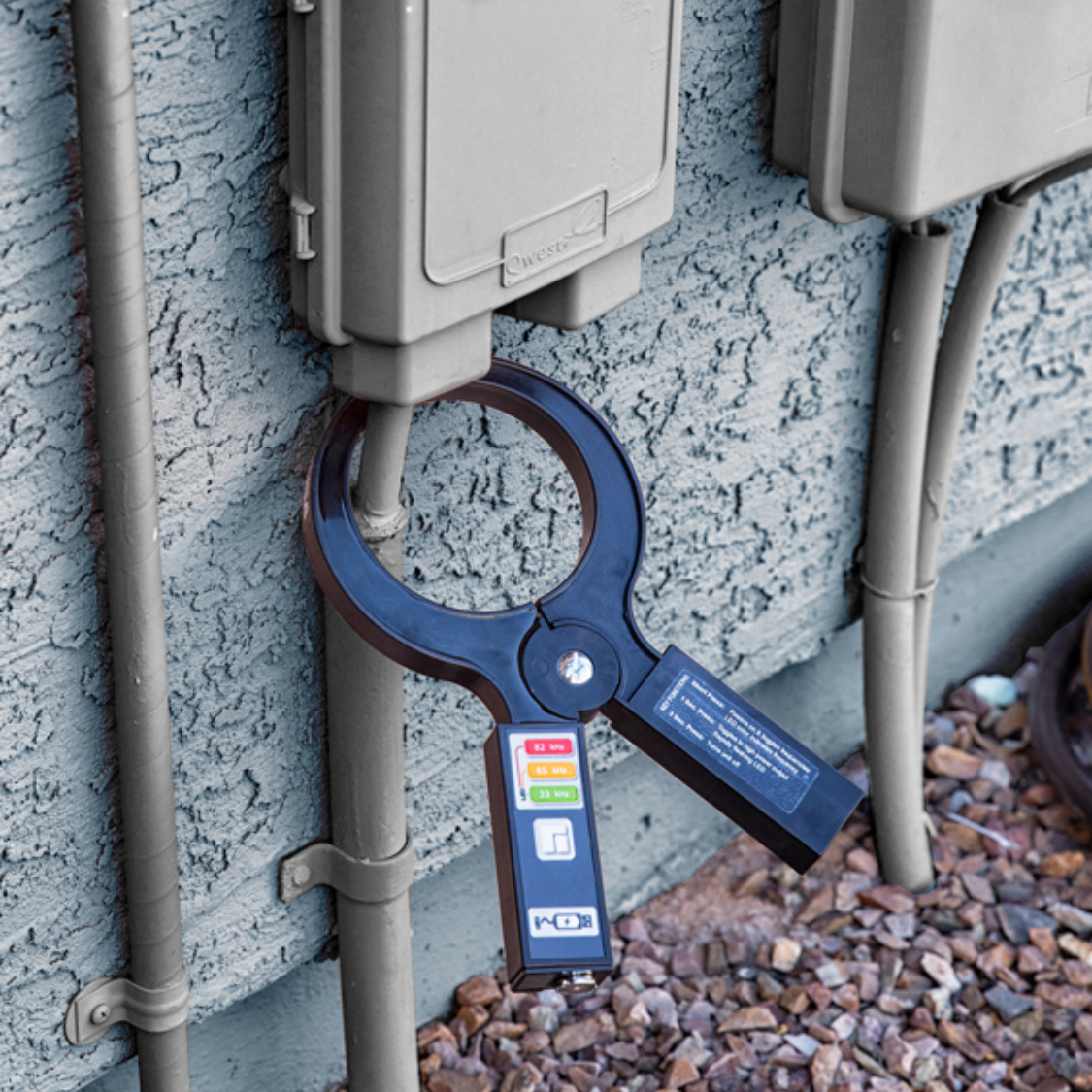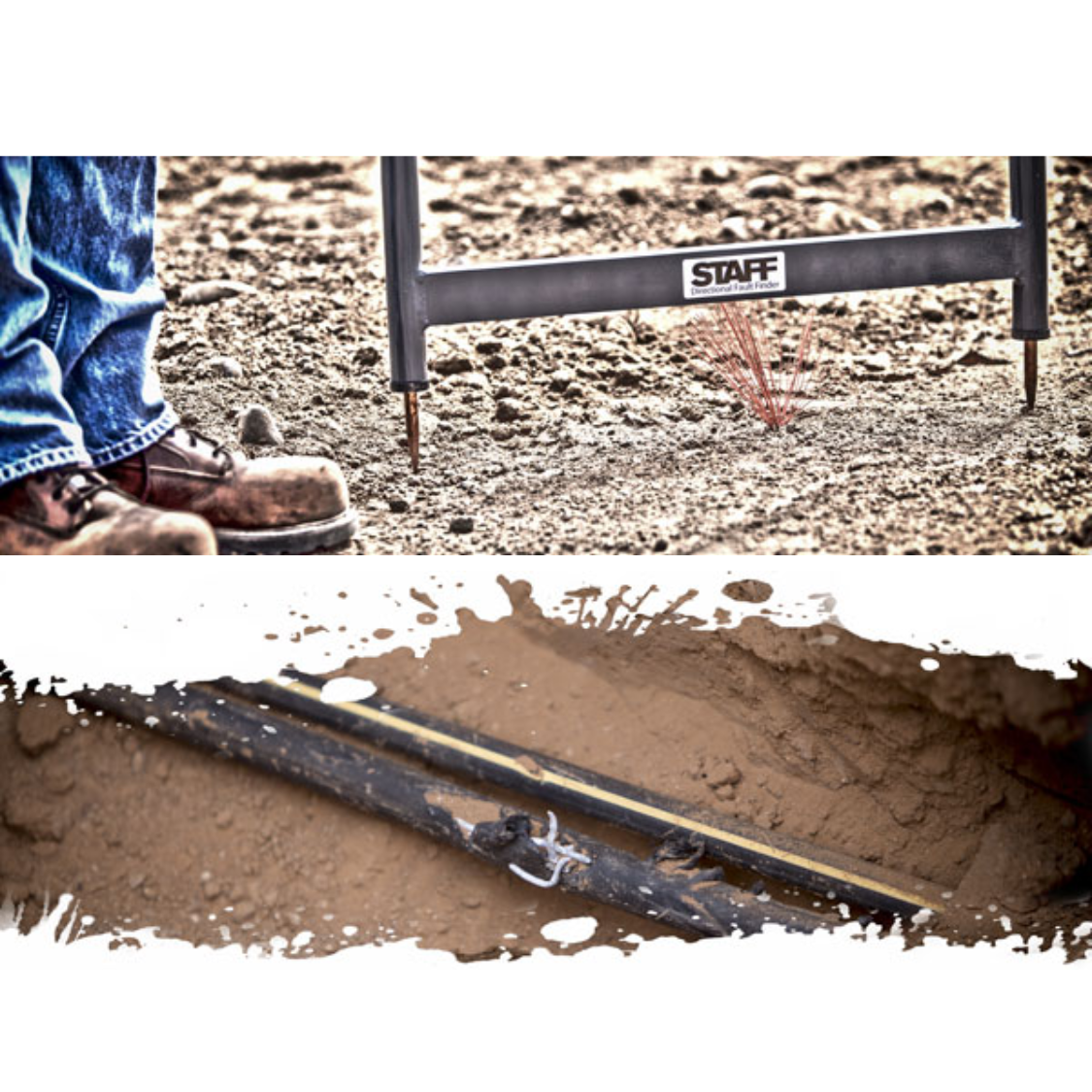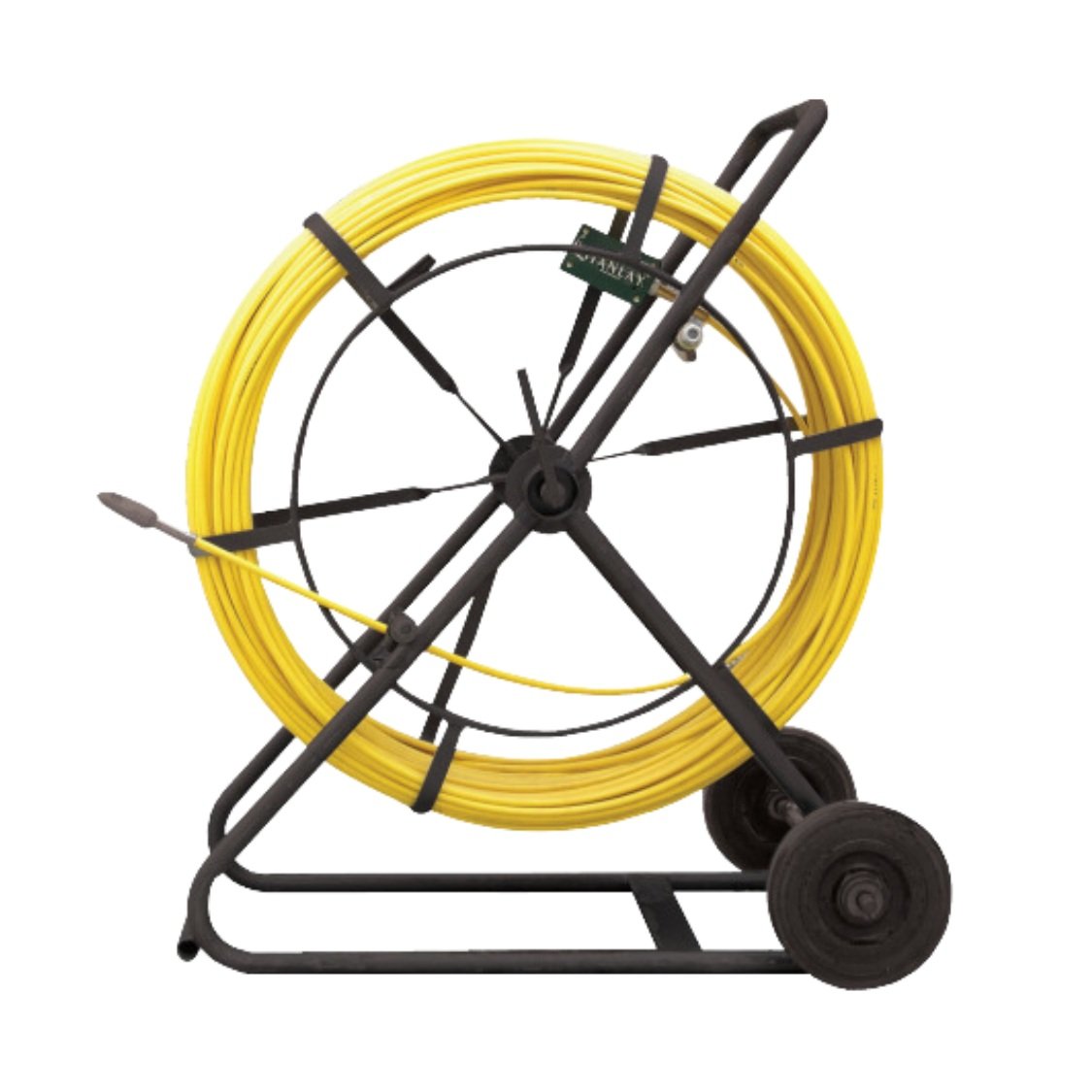SNAPTRACK By Rycom Instruments
Features
Multiple active frequency options including the following:
476.52 kHz* ▪ 200.330 kHz*
131 Khz ▪ 82.315 kHz ▪ 65.536 kHz
32.768 kHz ▪ 9.2 kHz 8.192 kHz
4.010 kHz ▪ 815 Hz ▪ 797 Hz
640 Hz ▪ 512 Hz ▪ (“*” where permitted by law)
Sonde: 640Hz, 512Hz, 815Hz, 8.192 kHz & 32.768kHzPassive frequencies for locates of "live" utilities without the use of a transmitter:
Passive Modes:
50 env & 60env with LiveSound™
Passive Radio Frequency
CP 50Hz & Rectified CP 60HzPowerful 3 watt or 10 watt tracing signal is reliable for direct connection, transmitter and coupled induction
Quadruple antennae array allows for push button depth, line direction, line orientation and current measurement
Features
Multiple active frequency options including the following:
476.52 kHz* ▪ 200.330 kHz*
131 Khz ▪ 82.315 kHz ▪ 65.536 kHz
32.768 kHz ▪ 9.2 kHz 8.192 kHz
4.010 kHz ▪ 815 Hz ▪ 797 Hz
640 Hz ▪ 512 Hz ▪ (“*” where permitted by law)
Sonde: 640Hz, 512Hz, 815Hz, 8.192 kHz & 32.768kHzPassive frequencies for locates of "live" utilities without the use of a transmitter:
Passive Modes:
50 env & 60env with LiveSound™
Passive Radio Frequency
CP 50Hz & Rectified CP 60HzPowerful 3 watt or 10 watt tracing signal is reliable for direct connection, transmitter and coupled induction
Quadruple antennae array allows for push button depth, line direction, line orientation and current measurement
Features
Multiple active frequency options including the following:
476.52 kHz* ▪ 200.330 kHz*
131 Khz ▪ 82.315 kHz ▪ 65.536 kHz
32.768 kHz ▪ 9.2 kHz 8.192 kHz
4.010 kHz ▪ 815 Hz ▪ 797 Hz
640 Hz ▪ 512 Hz ▪ (“*” where permitted by law)
Sonde: 640Hz, 512Hz, 815Hz, 8.192 kHz & 32.768kHzPassive frequencies for locates of "live" utilities without the use of a transmitter:
Passive Modes:
50 env & 60env with LiveSound™
Passive Radio Frequency
CP 50Hz & Rectified CP 60HzPowerful 3 watt or 10 watt tracing signal is reliable for direct connection, transmitter and coupled induction
Quadruple antennae array allows for push button depth, line direction, line orientation and current measurement
Powerful and Feature Packed Utility Locator
Makes Accuracy Simple, Fast and Affordable.
Built on a proven design, and with Pathfinder SAF Technology™ at its core, the SnapTRACK® offers RYCOM’s most advanced signal acquisition and filtering technology. The SnapTRACK® cable & pipe locator offers utility locators FrequencyFlex™ allowing users to adapt the system to their specific needs. Multiple active frequencies allow the user to accurately locate with a minimum of interference while maintaining the ability continue locating past faults and around conduit bends. Passive frequencies identify "live" and charged lines by their naturally occurring electromagnetic fields. The SnapTRACK® offers multiple passive frequencies -- 50Hz, 60Hz, Radio Frequency, Cathodic Protection Rectifier & CATV -- allowing line locating without the use of a transmitter.
Updated transmitter functions include improved transmitter induction, multi-frequency coupled induction ranging from 8 kHz to 118 kHz, and automatic impedance matching for direct connections. The5 watt or 10 watt transmitter has the ability to simultaneously apply an two frequencies to a utility. From one transmitter setting the user can locate the main line as well as other services by "lighting up" the entire site. This set-and-forget feature saves you time and money by reducing the need to repeatedly relocate the transmitter. All functions are accessed via weather-proof membrane buttons and both user input and transmitter status are verified with audible responses. The ergonomically designed and balanced SnapTRACK® receiver provides instant push-button depth up to 25 feet and current measurement to help identify target utilities in crowded easements. Proximity cues to the tracing signal are given to the user through either peak or null tone modes while the backlit digital display provides both relative and actual signal strength.
The SnapTRACK® can quickly and simply locate line when faults when used with the optional "A-frame" GRP (ground return probe). As the operator moves towards the fault the receiver will respond with rapidly peaking signal. When the "A-frame" is placed directly over the fault, the receiver will provide a null response.















